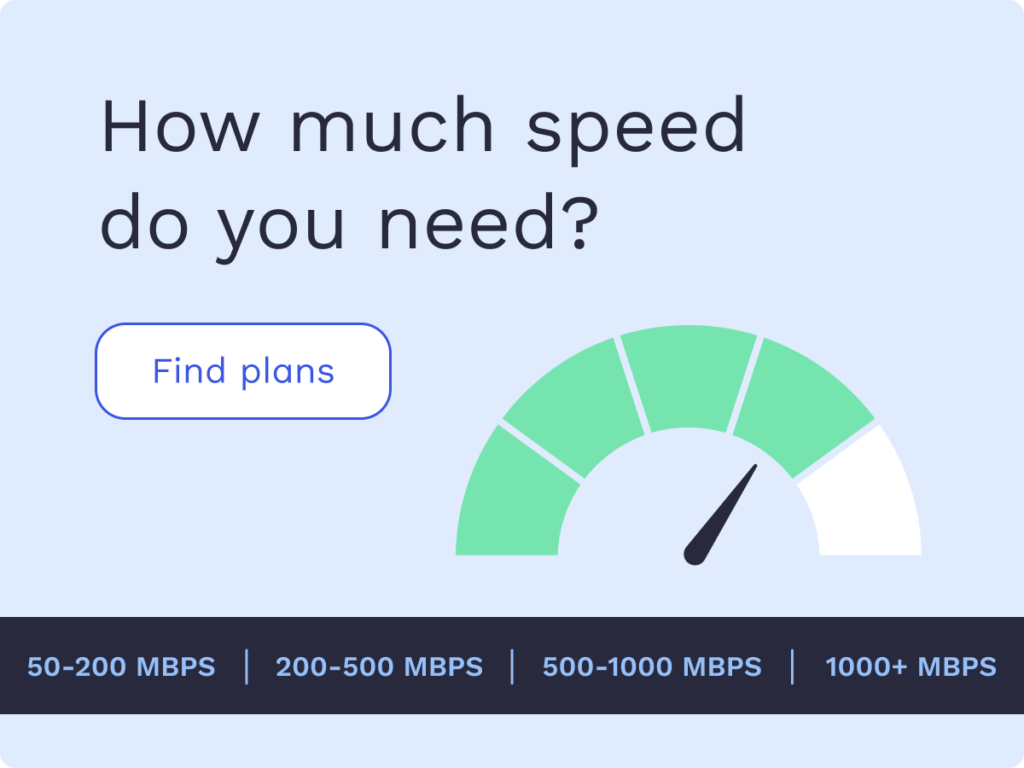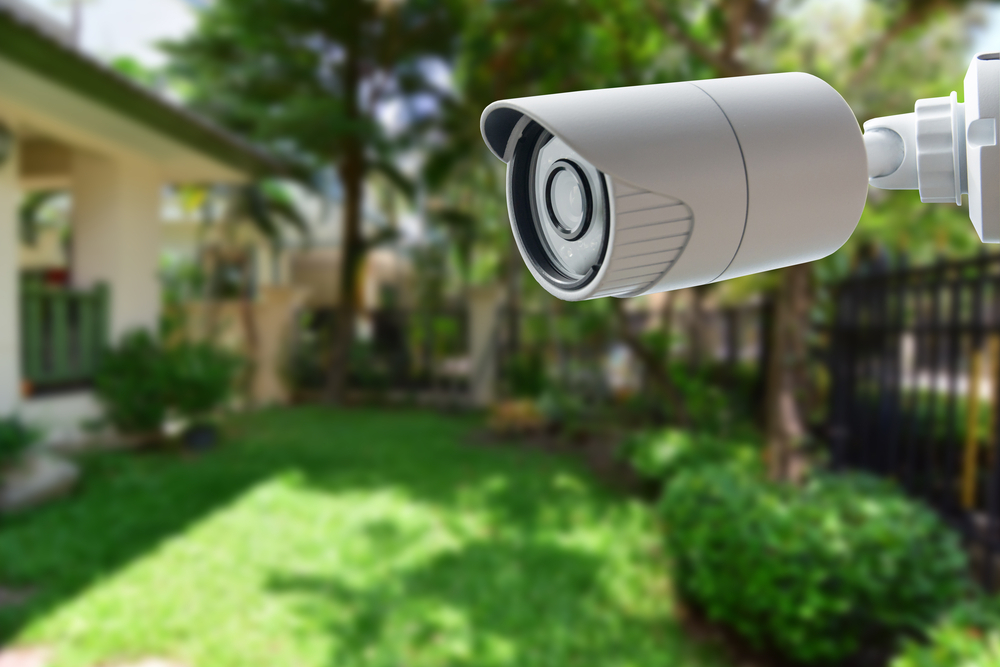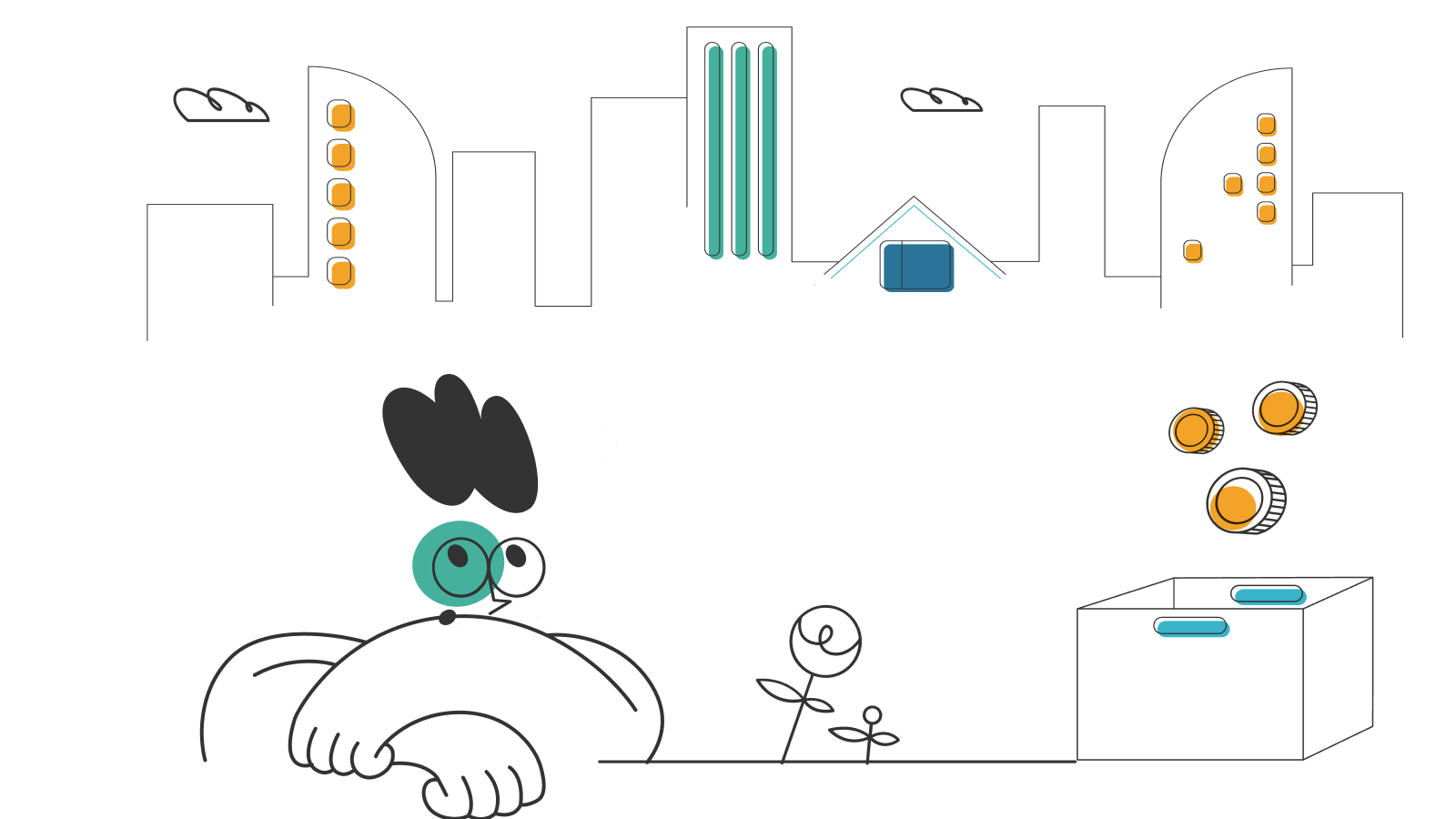5G vs Fiber Internet

Curious what internet and TV plans are available locally?
Enter your address to find out what providers and plans are available to you.
The fourth industrial revolution has arrived. This new era is ushering in massive changes in all areas of the economy, especially technology. It’s no wonder there’s been more revolutionary technology in the past decade than in the past century. At the core of this technology revolution are 5G and fiber internet. Both of which offer communication and data transmission that are faster than the roadrunner dodging Wiley Coyote’s traps!
There’s a lot to expound on when it comes to 5G and fiber internet, including an in-depth comparison of speed, reliability, connectivity, costs, and major players in the industry. Whether an ardent internet user or not, understanding this technology and how it impacts your life is vital.
What is 5G internet?
5G (fifth generation) is the latest evolution of cellular networks that power mobile devices and the successor to 4G LTE (long-term evolution). Compared to 4G LTE, 5G has much faster download and upload speeds—up to 20 times faster than LTE at its theoretical maximum.
The dramatically improved speed allows you to do things like download a high-definition movie almost instantaneously!
Top five global 5G providers
- Ericsson
- NEC Corporation of America
- Cisco
- MAVENIR
- FiberHome Telecommunications Technologies
Benefits of 5G
- Speed: 20 times faster than 4G LTE.
- Capacity: 5G can handle a whole lot more devices on one network at the same time.
- Latency: The delay between when you send something and when your recipient gets it (like loading a web page or streaming movies) is much lower than 4G LTE networks.
- Energy efficiency: Basically, your phone battery will last longer with 5G. It’ll also make Internet of Things (IoT) devices (products that connect to the internet like smartwatches) more efficient.
- Mobility: Even if you’re in a car moving at high speed, 5G will be able to keep up and stay connected. This is because its signal doesn’t need as many cell towers to function well compared to earlier generations of mobile networks.
- Connects billions of devices: While current networks can only support hundreds of thousands of devices per square mile, 5G could support 1 million devices or more per square mile (although this may vary based on which spectrum the network is using).
Drawbacks of 5G
Although 5G is a newer, more advanced technology than fiber-optic cables, this does not mean that it is without drawbacks, such as:
- 5G relies on cell towers and therefore faces many of the same problems as 4G. Most importantly, cell towers have limited coverage and can be blocked by obstacles like buildings or trees.
- It’s still a developing technology. Even though 5G service is starting to become available in some areas, it will take several years to reach everyone and even longer before full coverage is achieved everywhere. Because this technology is still so new and under development, there could also be unforeseen limitations that aren’t apparent yet.
Use cases of 5G
5G is a revolutionary next generation of mobile broadband, and there’s no doubt about that. As such, it can connect everything from your smartphone to your car and your refrigerator with blazing speeds and a more stable connection.
5G is a huge step up from what was available a few years back. It can support many devices and services that are coming onto the market or haven’t even been invented yet. You can use it for machine-to-machine (M2M) communications and the Internet of Things (IoT).
It can also power smart cities, automated transportation systems (such as driverless cars), remote medical treatments, and other futuristic technologies that haven’t even entered our imagination yet. And for consumers, 5G will make downloading videos super fast on any of your devices.
What is fiber internet?
Fiber broadband is a type of internet connection that uses fiber-optic cables rather than copper wires. Fiber broadband internet differs from internet delivered by traditional copper wire connections because it uses light to transmit data rather than electricity.
Top five global fiber providers
- Google Fiber
- AT&T
- CenturyLink
- Comcast Xfinity
- Verizon Fios
Benefits of fiber
- Unlimited bandwidth. Fiber internet is faster and more reliable than the 5G network, becoming the preferred choice among tech experts.
- With speeds up to 100 times faster than traditional broadband, a fiber connection can easily handle all of your online needs.
Drawbacks of fiber
- It’s costly to install, which is why you don’t see more people using it unless they’re in a high-traffic area or are willing to pay for improved speed as a business expense.
- Not as fast at transferring data as 5G technology. It’s just way faster than cable connections. During high-traffic periods, it may slow down. In some cases, the cost does not reflect that fact.
- It isn’t available everywhere yet. Many companies are still trying to figure out how to roll out their fiber networks to compete with 5G on price and speed.
Comparison of 5G and fiber internet
Reliability
5G is more dependable. Fiber uses glass cables to transmit data, and while fiber cables can withstand a lot of wear and tear, they’re not entirely immune to damage from the elements. If a fiber line gets damaged, it could mean an entire network goes down until repairs are made.
On the other hand, 5G achieves incredible durability by connecting to multiple cell towers at once. By connecting your devices to several local towers via radio waves, 5G works very effectively around any problems with individual towers. You’re less likely to experience an outage due to something like a thunderstorm taking down one tower.
Security
5G offers key security advantages over fiber. 5G networks are based on end-to-end encryption (device to device). On the other hand, fiber internet is wired and doesn’t rely on radio waves as wireless networks do, and is therefore on its own unencrypted.
Latency
Latency is the amount of time it takes for data to travel between two points, measured in milliseconds. The lower the latency, the faster data can be transferred.
5G’s latency is around four milliseconds. This makes it fast enough to meet most of your demands when streaming video, surfing the web, or using cloud-based apps. But it’s not quite fast enough for activities like online gaming and professional-grade teleconferencing.
Fiber has about one millisecond of latency, making it perfect for activities that require high precision communication. Many major cities like NYC host their stock exchange servers in fiber buildings because they need a more reliable connection than even 5G can provide.
Cost
5G technology is cheaper than fiber to distribute but more expensive to access. This means it is more accessible to implement across a broad area but not as cost-effective for an individual user.
On the other hand, fiber is expensive for companies to install but cheaper for customers to access. With this internet technology, companies can spend less in the long term on maintenance and upkeep costs.
Set up
Since 5G is wireless, it doesn’t require the installation of any cables in your home. The setup process is similar to signing up for a mobile phone plan. You’ll need to verify that you can get 5G from your internet service provider (ISP) at your address and pay for any equipment that needs to be installed outside of your home or apartment.
You’ll also likely have to fill out some paperwork and sign up for a contract before using the network.
Fiber-optic connections are more complicated than 5G in terms of setup. To enjoy fiber internet in your own home, you’ll need a fiber-optic cable run from the nearest junction box to where you want the modem installed in your home.
Once this is done, you can connect it with whatever other devices you want by using either an ethernet cable or Wi-Fi connections.
*Pricing varies by location and availability. Speeds may vary. All prices subject to change; for current pricing and availability visit our internet service page. Prices as of 5/9/22.
Disclosure | Updater articles are based on our own data and research, independent from partner relationships. We are not compensated by partners for information and opinions presented here. Our Editorial Terms of Service can be found here.
Curious what internet and TV plans are available locally?
Enter your address to find out what providers and plans are available to you.
Internet and TV tips
Switching providers and don’t know where to start? We can help.














